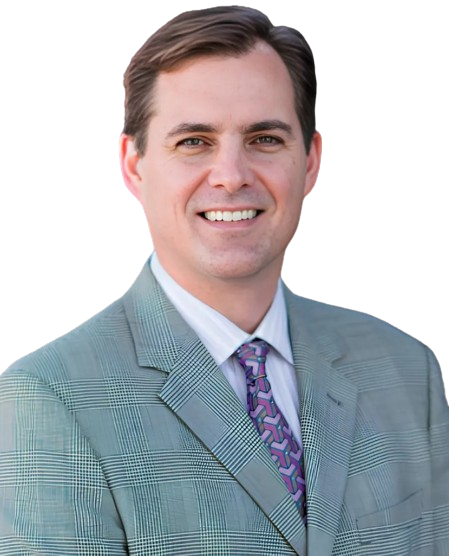Despite being a common foot deformity, there are often misunderstandings about bunions, leading many individuals to endure unnecessary pain for extended periods before seeking treatment.
What Is a Bunion?
A bunion, medically referred to as hallux valgus, is commonly described as a protrusion on the side of the big toe. However, a bunion is more than just a bump; it reflects alterations in the bony structure of the front part of the foot. Specifically, the big toe deviates towards the second toe, causing the bones to shift out of alignment and resulting in the visible bunion bump.
Bunions are progressive. They commence with a gradual leaning of the big toe, which over time alters the angles of the bones and leads to the development of the characteristic bump, which becomes increasingly prominent. Symptoms typically manifest in later stages, although some individuals may remain asymptomatic.
Causes
Bunions are primarily attributed to an inherited mechanical foot structure, rather than inheriting the bunion itself. Certain foot types predispose individuals to bunion formation. While wearing tight-toed shoes does not directly cause bunions, it can exacerbate the deformity and hasten the appearance of symptoms.
Symptoms
Symptoms typically localize around the bunion and may encompass:
- Pain or discomfort
- Swelling and redness
- A burning sensation
- Occasional numbness
These symptoms are more likely to occur when wearing shoes that compress the toes, such as those with narrow-toe boxes or high heels. Consequently, women tend to experience symptoms more frequently than men. Additionally, prolonged periods of standing or walking can exacerbate bunion-related discomfort.
Diagnosis
Diagnosing bunions is often straightforward due to the visible prominence at the base of the big toe or on the side of the foot. However, a comprehensive evaluation may involve X-rays to assess the degree of deformity and any associated changes.
Since bunions progress over time and do not resolve spontaneously, a tailored treatment plan is essential. The choice of treatment options is contingent on individual requirements.
Non-Surgical Treatment
In some cases, monitoring the bunion’s progress may be sufficient. To safeguard the joint from damage, regular assessments and X-rays are recommended.
In many instances, however, treatment becomes necessary. Early interventions aim to alleviate bunion-related pain but do not reverse the deformity. These interventions encompass:
- Footwear modifications: Choosing shoes with a wide toe box and avoiding pointed toes or high heels can be pivotal.
- Padding: Applying pads over the bunion area can help minimize pain, available either from a surgeon or over-the-counter.
- Activity adjustments: Avoid activities that trigger bunion pain, particularly extended periods of standing.
- Medications: Oral nonsteroidal anti-inflammatory drugs (NSAIDs), like ibuprofen, may be suggested to reduce pain and inflammation.
- Icing: Applying ice packs multiple times daily can reduce inflammation and alleviate pain.
- Injection therapy: In rare cases, corticosteroid injections may be considered to address inflamed bursa (fluid-filled sac near a joint) associated with bunions.
- Orthotic devices: Custom orthotic devices may be provided by a foot and ankle surgeon in certain situations.
When Is Surgery Necessary?
When non-surgical treatments fail to alleviate bunion pain and significantly hinder daily activities, consulting a foot and ankle surgeon about surgical options becomes crucial. You can decide with the surgeon if surgery is the best course of action.
Several surgical procedures are available for bunion treatment. These procedures aim to remove the bone bump, correct bony structural changes in the foot, and address soft tissue alterations. The ultimate goal of surgery is to reduce pain and rectify the deformity.
In selecting the most suitable procedure or combination of procedures for your specific case, the foot and ankle surgeon considers factors such as the extent of deformity based on X-ray findings, age, activity level, and other individual factors. The duration of the recovery period varies depending on the specific procedure(s) performed.





